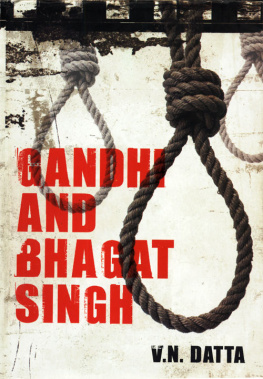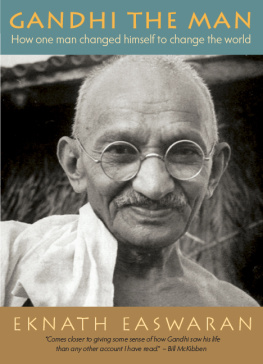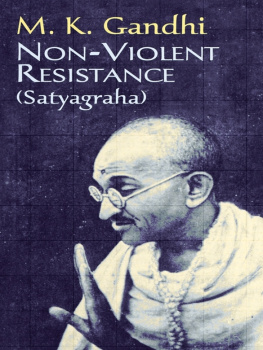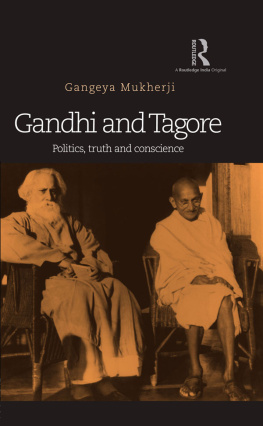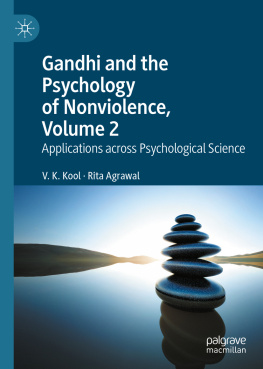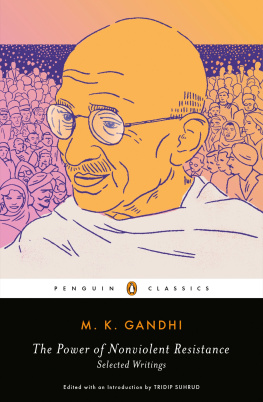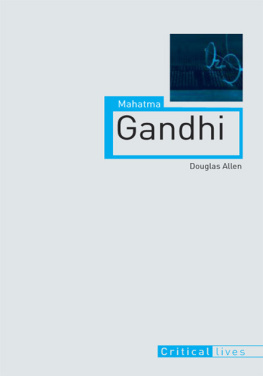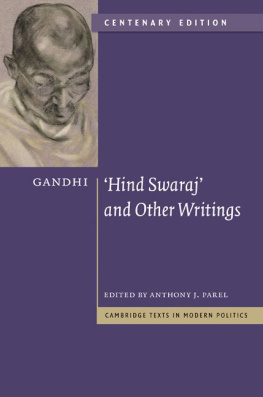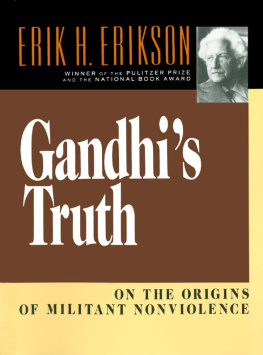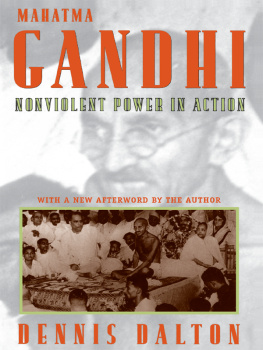


2012 Norman G. Finkelstein
Published by OR Books, New York and London.
OR Books is a new type of publishing company that embraces progressive change in politics, culture and the business of publishing. We sell our books worldwide, direct to readers. To avoid the waste of unsold copies, we produce our books only when they are wanted, either through print-on-demand or as platform-agnostic e-books. Our approach jettisons the inefficiencies of conventional publishing to better serve readers, writers and the environment. If you would like to find out more about OR Books please visit our website at www.orbooks.com.
First printing 2012.
All rights reserved. No part of this book may be reproduced or transmitted in any form or by any means, electronic or mechanical, including photocopy, recording, or any information storage retrieval system, without permission in writing from the publisher, except brief passages for review purposes.
Cataloging-in-Publication data is available from the Library of Congress
A catalog record for this book is available from the British Library
ISBN 978-1-935928-79-9 paperback
ISBN 978-1-935928-80-5 e-book
Typeset by Wordstop Technologies, Chennai, India.
Printed by BookMobile in the US and CPI Books Ltd in the UK.
The US printed edition of this book comes on Forest Stewardship Council-certified, 30% recycled paper. The printer, BookMobile, is 100% wind-powered.
To the Occupy movement
TABLE OF CONTENTS
ACKNOWLEDGMENTS
I am grateful for the Unz Foundations support, and for the comments on earlier drafts from Samir Chopra, Antony Copley, Meghna Kumar, Sanjeev Mahajan, Karuna Mantena, Allan Nairn, Abid Qureshi, Marco Rosaire Rossi, Feroze Sidhwa and Doug Tarnopol. As always, my biggest debt is to my editor, Maren Hackmann-Mahajan.
INTRODUCTION
Although Mahatma Gandhis name is frequently invoked, he is seldom read.
While checking out his collected works from the library of a solid American research university, I noticed that of the nearly 100 volumes in the Gandhi corpus, each of which runs to some 500 pages, only one volume had previously been borrowed.
Gandhi has been reduced to a mantra equating his name with nonviolence.
But his thought and practice are much more complex, and contradictory, than this formula suggests.
The Gandhi bequeathed by history is a watered-down, saccharine version of the original. He is the saintly, otherworldly eccentric who would not hurt a fly, and looked as if he could not even if he were so inclined.
The real Gandhi was indeed saintly, otherworldly and eccentric, but he was also the shrewdest of political tacticians who could gauge better than any of his contemporaries the reserves and limits of his people and of his adversaries.
The real Gandhi did loathe violence but he loathed cowardice more than violence. If his constituents could not find the inner wherewithal to resist nonviolently, then he exhorted them to find the courage to hit back those who assaulted or demeaned them.
If Gandhi preached simultaneously the virtues of nonviolence and courage, it was because he believed that nonviolence required more courage than violence.
The violent combatant faced enemy gunfire with weapon in hand, whereas the nonviolent resister was expected to march headlong into enemy fire smilingly and cheerfully as he was blown to bits.
Those who used nonviolence not to resist but instead as a pretext to flee an assailant were, according to Gandhi, the most contemptible of human creatures, undeserving of life.
The controversial Gandhi who valued courage above nonviolence, who valued nonviolence because it required the maximum reserves of courage, and who advocated violence if one could not muster this courage, has been largely forgotten, or effaced.
But even the Gandhi who is remembered perplexes.
The doctrine of satyagraha that Gandhi propagated was deceptively simple.
It denoted nonviolent resistance to evil, didnt it?
But Gandhi equated violence with any form of coercive force.
Still, he counseled the impoverished Indian workers and peasants to mobilize their latent power in order to break the will of the exploiting classes.
It was also never quite clear whom Gandhi was trying to reach with his nonviolent resistance.
Sometimes he spoke about wanting to melt even Hitlers heart.
But at other times Gandhi directed his fasts at the broadly sympathetic public. He undertook to quicken its conscience and get it to act on what it already knew was wrong in order to isolate the handful of diehards.

This little book attempts to distill the essence of Gandhis doctrine of nonviolent resistance.
Although Gandhis preachments are replete with blatant contradictions, and are informed by a religious faith not always amenable to rational analysis, it is still possible to tease out a coherent doctrine from the record he left behind.
But mine is not just, or even primarily, an academic exercise.
Bringing to bear a keen mind on a rich life experience of public service, Gandhi extracted valuable practical insights into the nature of politics, which it would be imprudent to ignore.
I first began to read Gandhi a few years ago in order to think through a nonviolent strategy for ending the Israeli occupation of Palestinian lands.
But the field for the application of Gandhis ideas has now been vastly expanded by the emergence of the Arab Spring and nonviolent resistance movements around the world.
Gandhis name is everywhere on the lips of those challenging a political system that shuts out the overwhelming majority of people and an economic system that leaves them futureless.
In my own city of New York, the idea of nonviolent civil disobedience has seized the imagination of young people and energized them with the hope that they can bring even the ramparts of Wall Street tumbling down.
Gandhi devoted the whole of his adult life to organizing the powerless 99 percent against the greedy 1 percent. He aspired in the first place to end the British occupation of India, but he also recoiled at the prospect of a corrupt clique of native Indians replacing the foreign occupiers.
Gandhi sought to lay the foundations for a political system in which not just nominal but also actual power was transferred to the Indian masses, and in which wealth was equitably distributed but the chase after wealth ceased to be lifes purpose.
He was convinced not only that the old world could be extirpated and a new world be brought into being nonviolently, but also that unless it was done nonviolently, the new world would hardly differ from the old world it superseded.
A new generation is now experimenting with and envisioning novel ways of living, and pondering how to redistribute power and eliminate privilege. The life experience and reflections of Gandhi provide a rich trove to help guide these idealistic but disciplined, courageous but cautious, youth as they venture forth to create a brighter future.
1/INNER VOICE
It is not easy to present a comprehensive or coherent picture of Gandhis doctrine of nonviolent resistance or
Next page

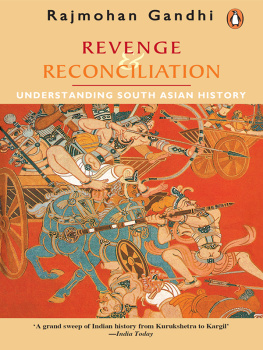
![Gandhi - Gandhi: [the true man behind modern India]](/uploads/posts/book/175484/thumbs/gandhi-gandhi-the-true-man-behind-modern-india.jpg)
